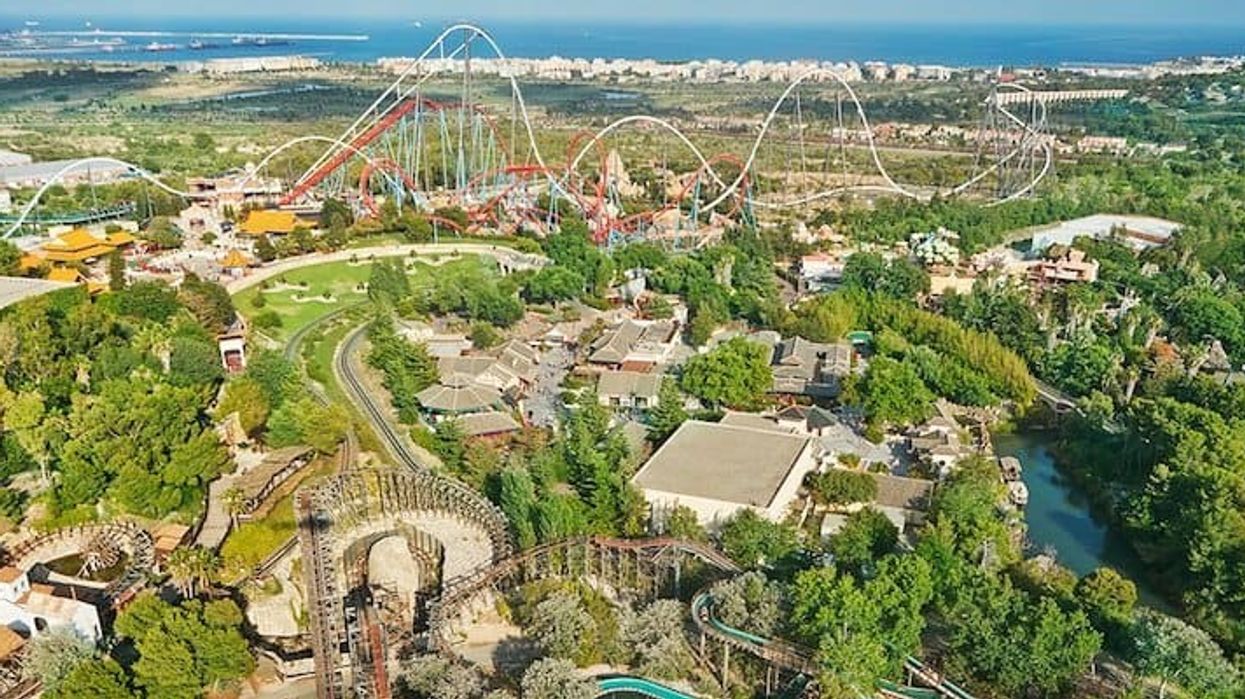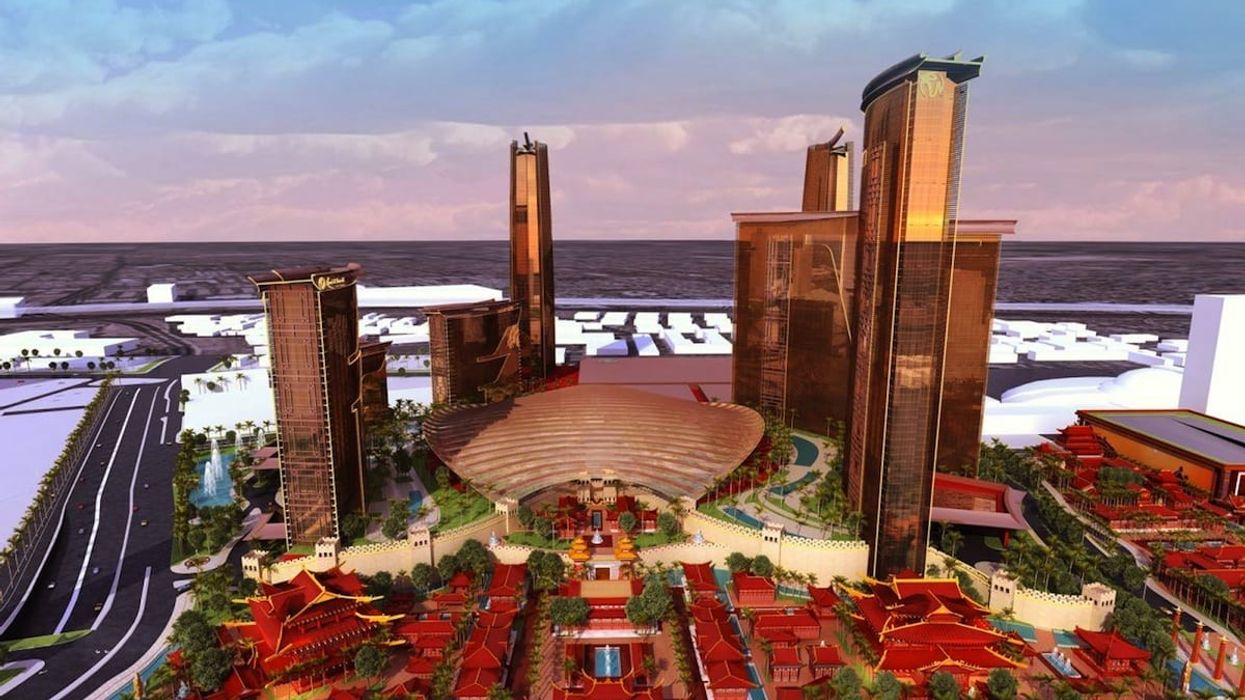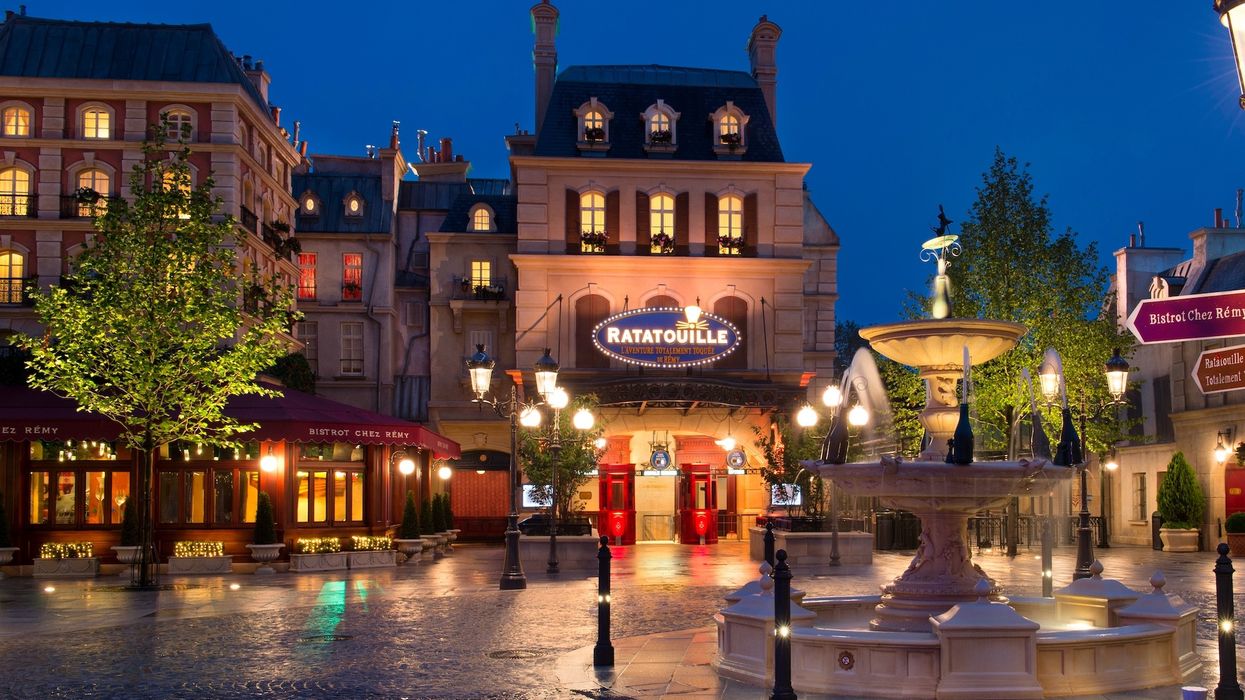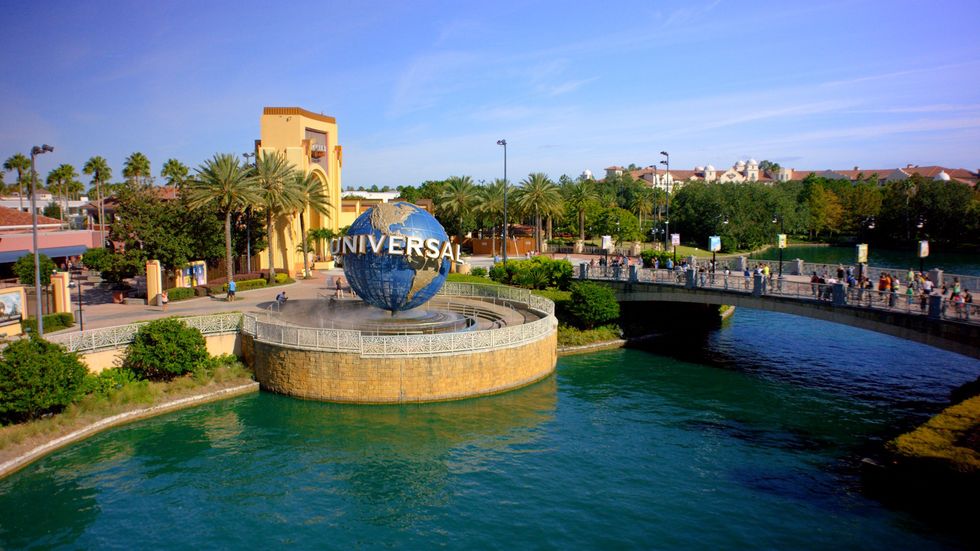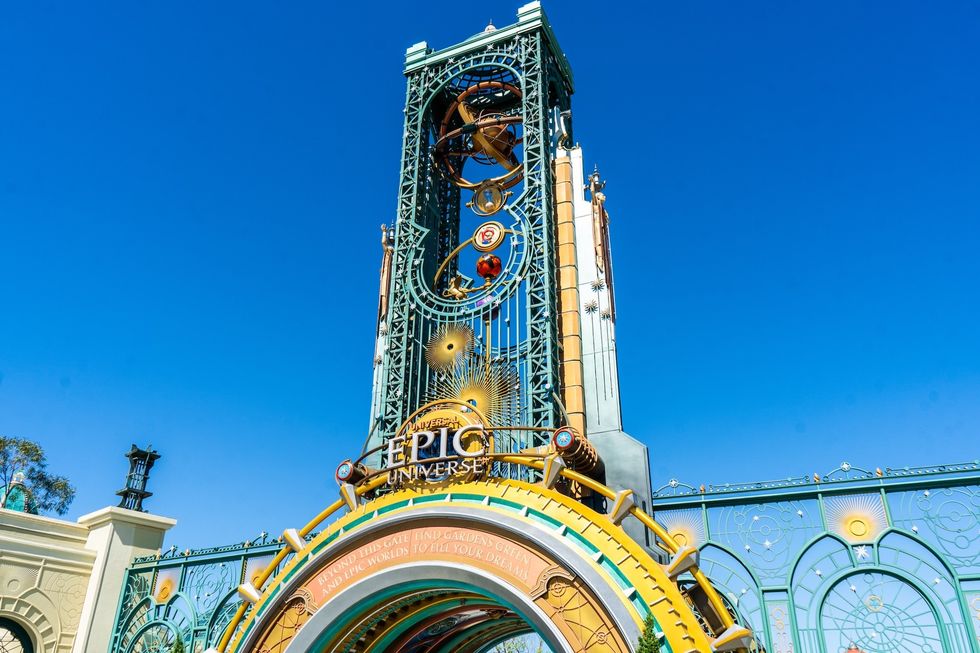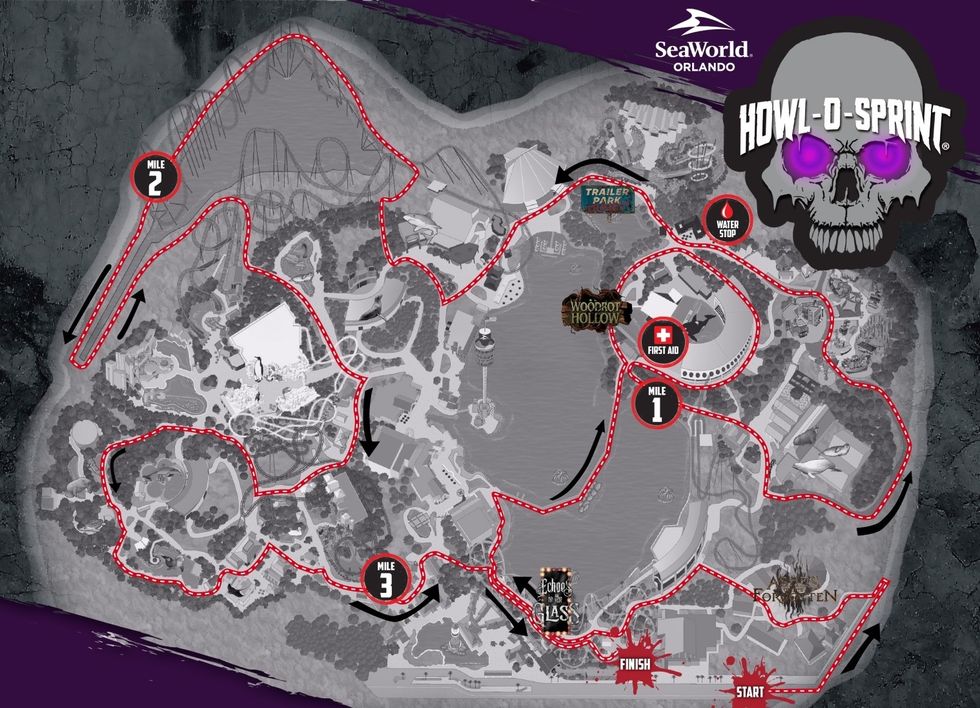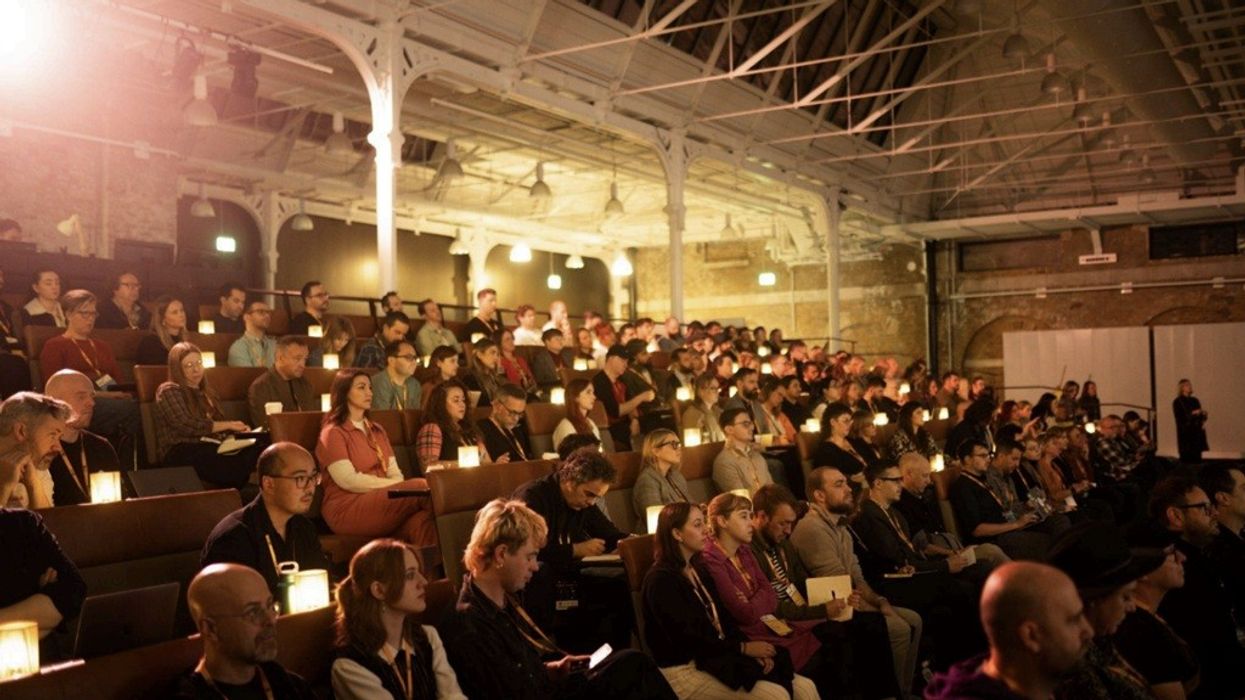With China Evergrande Group moving into the theme park business, South China Morning Post looks at whether theme park investments really do pay off in China.
Evergrande announced last month a50 billion yuan (US$7.3 billion) Children’s World in Changsha, Hunan Province. This will be the first in a chain of “children-oriented, all-indoor, all-season” theme parks to be built across the country inGuiyang, Kaifeng, two in Jiangsu province and an Ocean Park in Qidong.Costing around50 per cent more thanShanghai Disneyland and with no IP assets, will Evergrande succeed in an already busy and challenging market?
The Residential Property Factor
Many of the big theme park developments also include residential property. The advantage of including residential property in the mix is to cover theme park construction costs and help cashflow. Meanwhile adding a theme park will addvalue to the residential development.Evergrande is now China’s largest property developer by sales, but is not hugely profitable due to high borrowing costs and someloss-making non-core businesses.
Evergrande's planned Children’s World in Qidong will be close to Evergrande’s huge Sea Venicehousing project.
The Big Players
China’s US$610 billion tourism industry is predicted to double in value by 2020. There are other big players already in the market, most of them focusing on China’s smaller cities rather than in Beijing or Shanghai.Dalian Wanda Group hasopened two more Wanda Cultural Tourism City parks last yearwith a goal to build 15 large amusement venues by 2020.
Kaisa Group and Shimao Property Holdings also reported to have plans to develop theme parks and water parks.
But is China reaching theme park saturation point? The BBT Commercial Research Institute estimates that only 10 per cent of of China's 2,700 theme parks make a profit.









